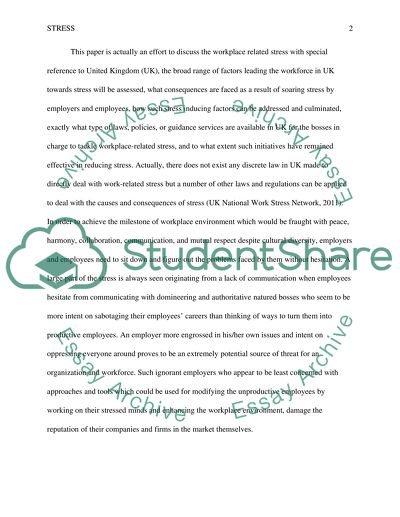Cite this document
(“Workplace-related stress in UK Essay Example | Topics and Well Written Essays - 4500 words”, n.d.)
Retrieved from https://studentshare.org/psychology/1396527-workplace-related-stress-in-uk
Retrieved from https://studentshare.org/psychology/1396527-workplace-related-stress-in-uk
(Workplace-Related Stress in UK Essay Example | Topics and Well Written Essays - 4500 Words)
https://studentshare.org/psychology/1396527-workplace-related-stress-in-uk.
https://studentshare.org/psychology/1396527-workplace-related-stress-in-uk.
“Workplace-Related Stress in UK Essay Example | Topics and Well Written Essays - 4500 Words”, n.d. https://studentshare.org/psychology/1396527-workplace-related-stress-in-uk.


